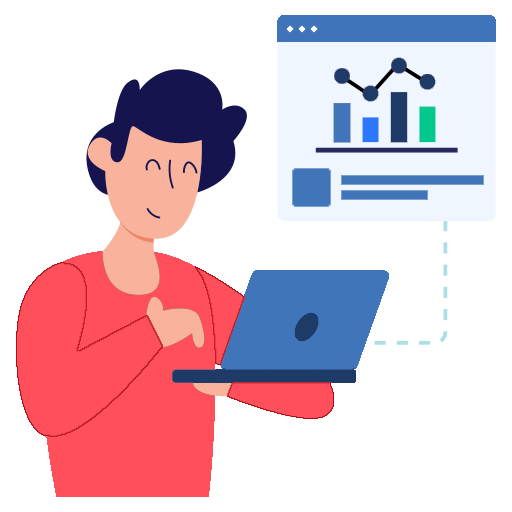Data manipulation and transformation in the field of business intelligence have become mandatory skills for every employee in an organization. Data analysts are no longer the only ones responsible for generating insights. Everyone is expected to contribute to this cause and aid themselves in decision-making. This can be handled in one of two ways. Previously, traditional BI was used, where the individual had to be skilled in some type of visualization tool or rely on the data analyst to provide them with the necessary information. Self-service BI is supposed to be the answer to this situation by creating an environment that allows any individual to self-serve the purpose they want.
Traditional BI is an outdated way of implementing data analytics tools. It typically requires a complex IT environment, space for data warehousing, and near-constant involvement from IT staff. Self-service BI is the approach of implementing data analytics that enables users to access and use data without statistical, analytical, or data handling expertise.
Let’s understand how this space has evolved, what challenges caused the need for such BI tools, how effective they are, and what we can expect in the future. We’ll also understand the differences between these two broad terms discussed above.
What is Traditional BI and Self-service BI?
Let’s take a simple example of a hotel where there are two ways to have breakfast. The first method involves calling room service and placing an exact order for the food that you want. The second method involves going down to the hotel’s canteen where the brunch is hosted, and you can self-serve the breakfast as needed.
This example is quite similar to the two types of BI teams that a company can have. Traditional BI involves placing an order by asking the analyst to provide exactly what you need and them to provide the same task as mentioned. Here there is no scope to discovering something extra. What you order is what you get. Whereas in self-service, you get to choose what you want to consume, and different options are present, providing holistic data. Here, you do not have to create food or write SQL queries; it is all managed by the data analysts and engineers with the help of self-service tools.
Several tools are present for both BI services, and the more prevalent ones, such as self-service BI tools, use a data model-oriented approach. We will understand more about this in the upcoming blogs. The most famous pure self-service BI tools, empowering non-technical users to explore and visualize data on their own, include Looker by GCP, Holistics, Tableau & Power BI.
What is the best option for your organization?
Self-service BI may seem like the most sensible option amongst the two, but it still has some questions that it needs to answer to create equal value for your organization. If you choose to go with self-service BI for your business, the following are some recommendations to help you build a strong analytics foundation:
– Confirm the value of self-service BI by aligning it with the organizational goals and understanding if all use cases are answered.
– Have a clear understanding of what different teams want from the BI team.
– Ensure that data governance is flexible enough to enable and support the free-form analytics explorations of users yet structured enough to protect against the risks of data breach.
– Create a formal KT session plan to train users on applying the new self-service tool to their specific business problems.
At Vindiata, we specialize in providing these systems from the base level, which is raw data itself. If you feel it’s time for your organization to make the jump to self-service BI, make sure that all the above cases are met, and if you need help and support, you can contact us as to see how we can help you achieve your goals of realizing self serve BI.



